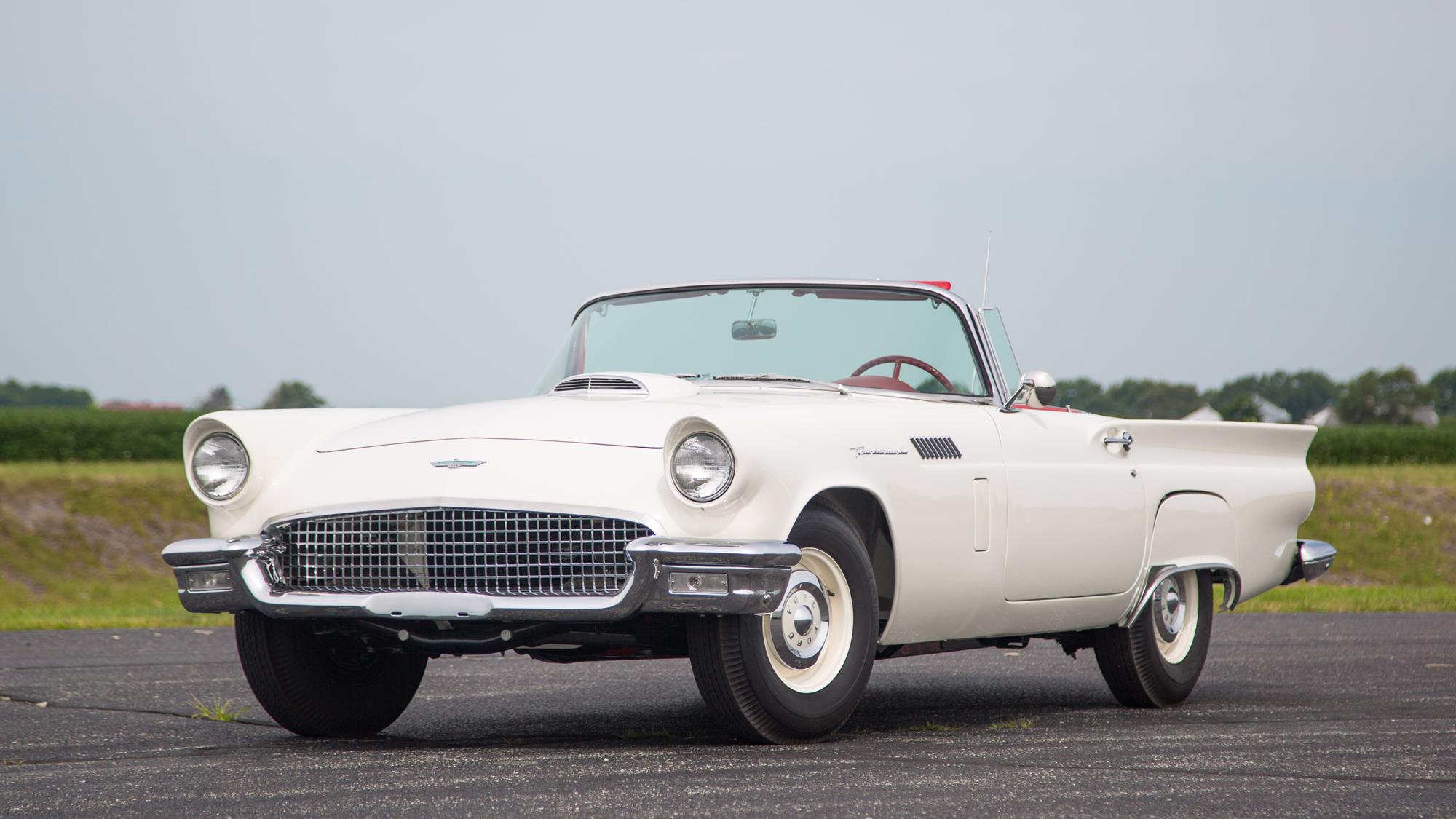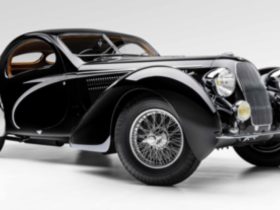Purchasing an antique car involves more than checking the box for “low mileage.” A classic Corvette is a rare and valuable commodity.
That’s why many buyers seek out “drivers.” These are older Vettes that may look a little tired but have been driven regularly. Additionally, they frequently have lower prices.
Visual Inspection
Corvettes are beautiful cars but also complex vehicles that demand unique maintenance skills. This dichotomy challenges prospective owners, who must balance their desire for a show-winning classic with the reality that some potentially expensive mechanical liabilities lurk beneath the surface.
During the visual inspection process, pay particular attention to areas where fluids are present, such as the radiator, power steering, and fuel lines. Even if minor, leaks carry significant cost potential, and the number of leaks can be a telling indicator of overall care and maintenance history.
Look for damage to the bodywork, including uneven gaps between panels and mismatched paint. Check the windshields for cracking and the rear glass T-top latches for proper operation. Replacement components can be challenging for older models and require extensive customization. Newer models offer more personalization options and are generally easier to maintain.
Mechanical Inspection
As one of the most iconic vintage cars, classic corvettes are as impressive under the hood as they are outside. While some are ideal for DIY restoration projects, others provide an excellent modern sports car driving platform.
Whether you’re shopping for classic Corvettes for sale to restore or drive, determine from the start what you want from your vehicle. Are you more interested in classic interior design or top-notch performance?
When evaluating a Corvette for sale, check the undercarriage thoroughly. It includes the frame, chassis, door frames, and birdcage — the area that connects the sills, windshield frame, doors, and screens. Look for rust debris and fatigue at weld points.
Look closely at a C3 Corvette’s plastic bumper/fascia assemblies. These are notorious for cracking and deteriorating over time. It’s a serious concern because these body areas are exposed to road salt and elements.
Engine Performance
Corvettes are often seen as crown jewels of the classic car world, with sleek lines, timeless designs, and robust engines. Whether you’re looking to find the perfect DIY restoration project or want to hit the road in a high-performing sports car, evaluating all aspects of the car before you buy is essential.
Look for an original engine. If you’re considering a pre-1961 Corvette, be wary of seller-speak like “correct engine” or “numbers-matching.” Engines before 1961 carried stamped codes that helped verify the engine was original to the car.
Make sure you test drive the vintage Corvette to get a sense of how it handles and to see whether you are comfortable with its size. Even the most beautifully maintained Corvette isn’t worth the purchase if you won’t enjoy driving it. Be wary of any Corvette that feels uncomfortable or jarring on the highway. It could indicate a costly repair job down the road.
Interior
There are a lot of small details in vintage Corvettes that can impact their overall condition, from seam splits in the seats to dry-rotted suspension bushings. Werner says these issues are minor, but inspecting the car thoroughly before purchasing is vital.
One big problem that can scuttle a classic car purchase is rust. The fabled C3’s fiberglass body sits on a steel “birdcage” frame, and if the car spent its life in wet or snowy climates, it could be susceptible to pervasive rust damage. The most common area for rust appears in the windshield frame’s lower right corner.
Another crucial consideration for buyers is how the car feels to drive. A good test drive is essential, giving you a true sense of the vehicle’s handling and general operation. It’s also an excellent opportunity to check the steering and make sure it feels like you expect it to.







